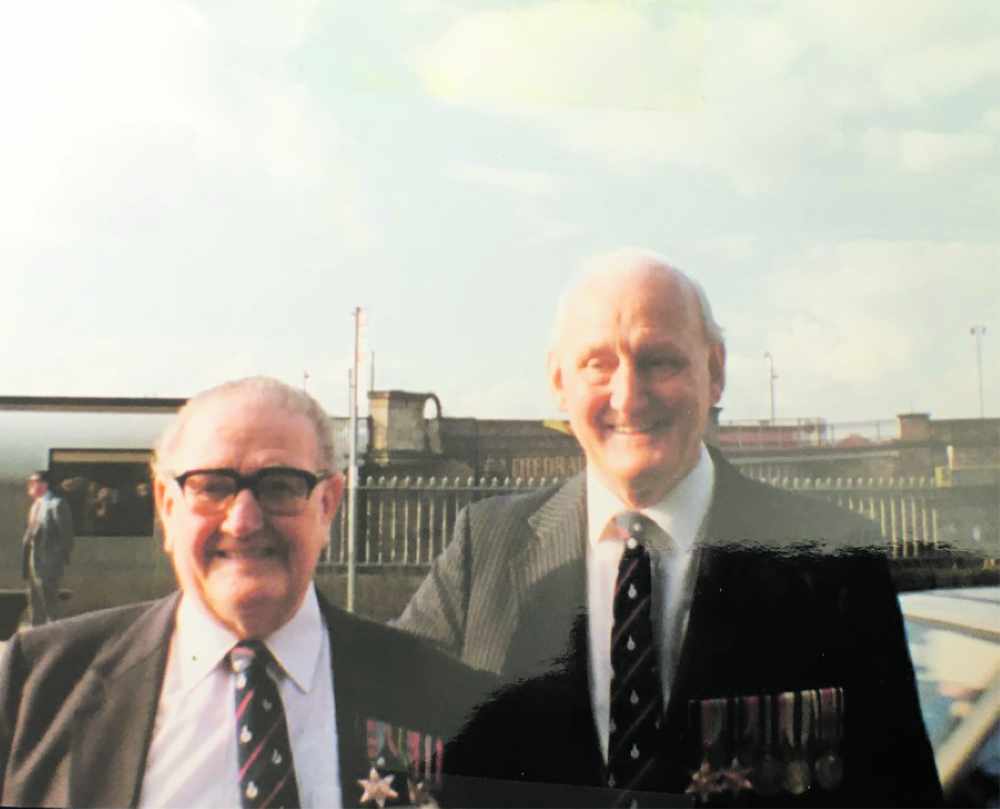
John Mercer's wartime experiences saw him travel all the way from his home in Manchester to end up on the very outskirts of Hiroshima on the fateful day when the bomb was dropped.
John’s son Alan will have the honour of reading the FEPOWS prayer at a VJ Day remembrance gathering at the Stalybridge memorial this Saturday.
It will be an emotional moment for Alan as he remembers his father and his experiences of being taken prisoner by the Japanese in the war.
“We will never experience what they went through,” says Alan, 70, who this week shares his father’s remarkable story which took him to the very foothills of Hiroshima itself where he was a prisoner of the Japanese when the atom bomb was dropped on August 6, 1945.
Gunner J Mercer 1121521 joined the 135th Field Regt, Royal Artillery, under the command of Lieutenant Colonel Philip Toosey - the man famously ‘behind the bridge’ over the River Kwai.
Toosey was the senior Allied officer in the Japanese prisoner-of-war camp at Tha Maa Kham (known as Tamarkan) in Thailand during the Second World War.
It was the men at this camp who built Bridge 277 of the Thai-Burma Railway - later fictionalised in the book ‘The Bridge over the River Kwai’ by Pierre Boulle, and which ultimately became the Oscar-winning film ‘The Bridge on the River Kwai’ in which Alec Guinness played the senior British officer.
In October 1941, Toosey’s unit was shipped to the Far East and he was awarded the Distinguished Service Order for heroism during the defence of Singapore.
Because of his qualities of leadership, his superiors ordered him on February 12, 1942, to join the evacuation of Singapore, but he refused so he could remain with his men during their captivity. One of those POWs was John Mercer.
John was a truck driver - but it was his truck that saved him when the Japanese onslaught on Singapore began.
The vehicle had a cracked fuel pipe that was leaking and so John sought permission to go and get it fixed, which he did. While away the firefight began and when John returned it was to discover that all of his comrades had been killed. (He believed in fate).
John was just 19 years old when he was captured following the fall of Singapore to The Imperial Japanese Army.
It was to be the start of a long three and a half years as a prisoner of the Japanese.
When the Japanese decided to build the notorious ‘Death Railway’ John was one of the first group of prisoners to go up country.
Fortunately they went by barge and their task was to build and establish camps for the main body of prisoners who were to work on the railway’s construction.
When the camps were established and the construction of the railway underway, John was not always put to work on the infamous route, but employed to look after the officers as a sort of unofficial batman and he would run errands for the Japanese.
It was at this time that John celebrated his 21st birthday and his pal Rupert Wilson shared his rice ration with him.
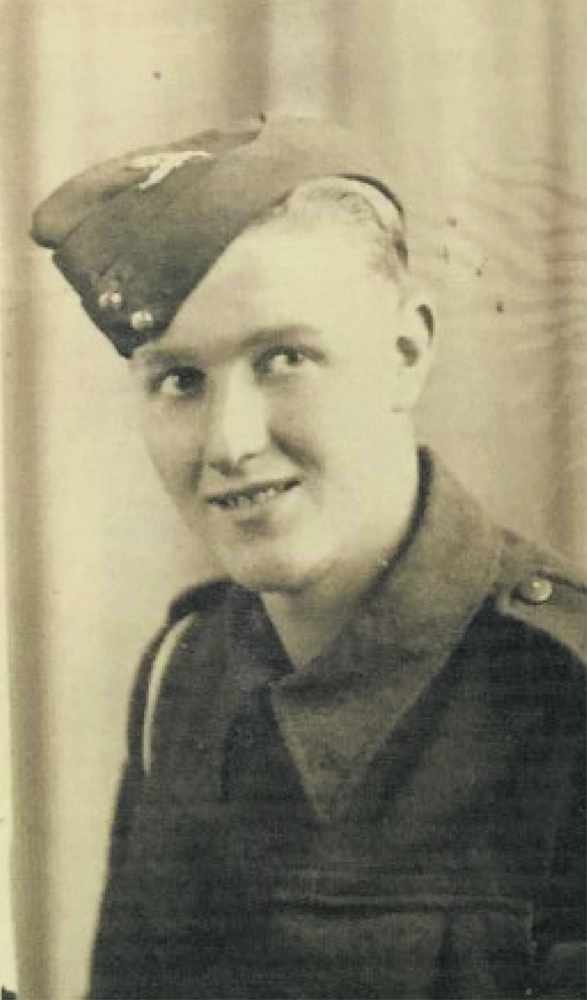
John in his wartime days
After the completion of the railway, John was then shipped onto the Osaka Maru to be transported to the Japanese mainland.
Whilst in transit the ship hit a storm and the Japanese troops tried to batten all the POWs into the hold, but John was lucky and survived and was put to work when he arrived at Osaka in an engineering factory with civilian workers.
In June 1945, John was transferred to his last camp on the coast of Hiroshima (a fact confirmed by the Red Cross in Geneva) where he worked at an iron foundry.
The camp housed some 200 prisoners of various regiments (British) which was based at the foot of sheer cliffs.
On August 6, 1945, after being escorted to their place of work at 8am there was suddenly a deathly silence.
The factory was closed and the prisoners were escorted to the centre of the square where they were left for a period of time.
Everywhere was eerily silent, and a deathly atmosphere was everywhere.
The prisoners were eventually escorted back to their camp and for the next few days left completely alone to look after themselves, all the guards having disappeared. It was then that the men realised the war was over and Japan had surrendered.
The stores were broken into by the POWs and they found Red Cross parcels that had been stored there being held back by the Japanese.
Eventually spotter planes located the men and the Red Cross rescued them and their long journey home began.
John finally arrived in Southampton on the Queen Mary having boarded her in America via San Francisco and New York.
His weight had plummeted to just five and a half stone when he was rescued.
His family had no idea of his whereabouts for the first two years of his captivity.
At one point John’s mother suffered the agony of three sons Charlie, John and Bill - all fighting in the war and missing.
Sadly Bill was killed off the coast of Italy in 1943 - something John did not discover until he returned home to Viaduct Street in Ardwick.
John convalesced in Knutsford where he met his wife Margaret, who was in the Auxiliary Territorial Service (ATS) and from Ashton.
The couple married in 1947 and lived in Burnage for a while, before moving to Ashton when Alan was a youngster.
This year’s memorial to mark VJ Day might be different due to the coronavirus pandemic, but will be no less important or emotional, especially for those with relatives who served in the Far Eastern conflict and were so lucky to survive and come home.
Main image: OLD PALS - John Mercer, left, with Charles Roy Bradley.
Listen to Alan's interview with Tameside Radio's Sarah Hall below...


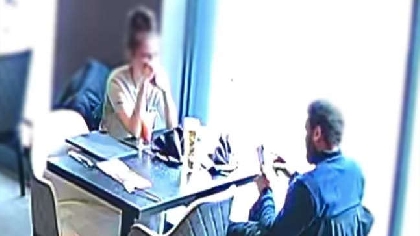 Ashton restaurant threatens to expose dine and dashers after they scarper leaving £159 bill for food and cocktails
Ashton restaurant threatens to expose dine and dashers after they scarper leaving £159 bill for food and cocktails
 Sound of music at The Vale as venue announces new gigs
Sound of music at The Vale as venue announces new gigs
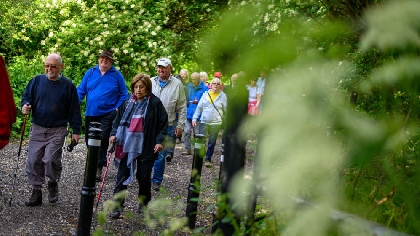 Mooch and natter in Mossley this May with the 2024 GM Walking Festival
Mooch and natter in Mossley this May with the 2024 GM Walking Festival
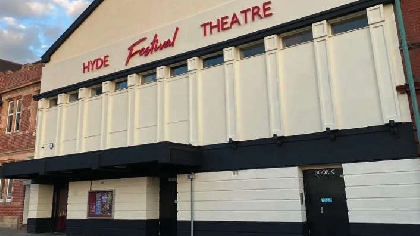 Hyde theatre receives £20K funding boost from the People's Postcode Lottery
Hyde theatre receives £20K funding boost from the People's Postcode Lottery



